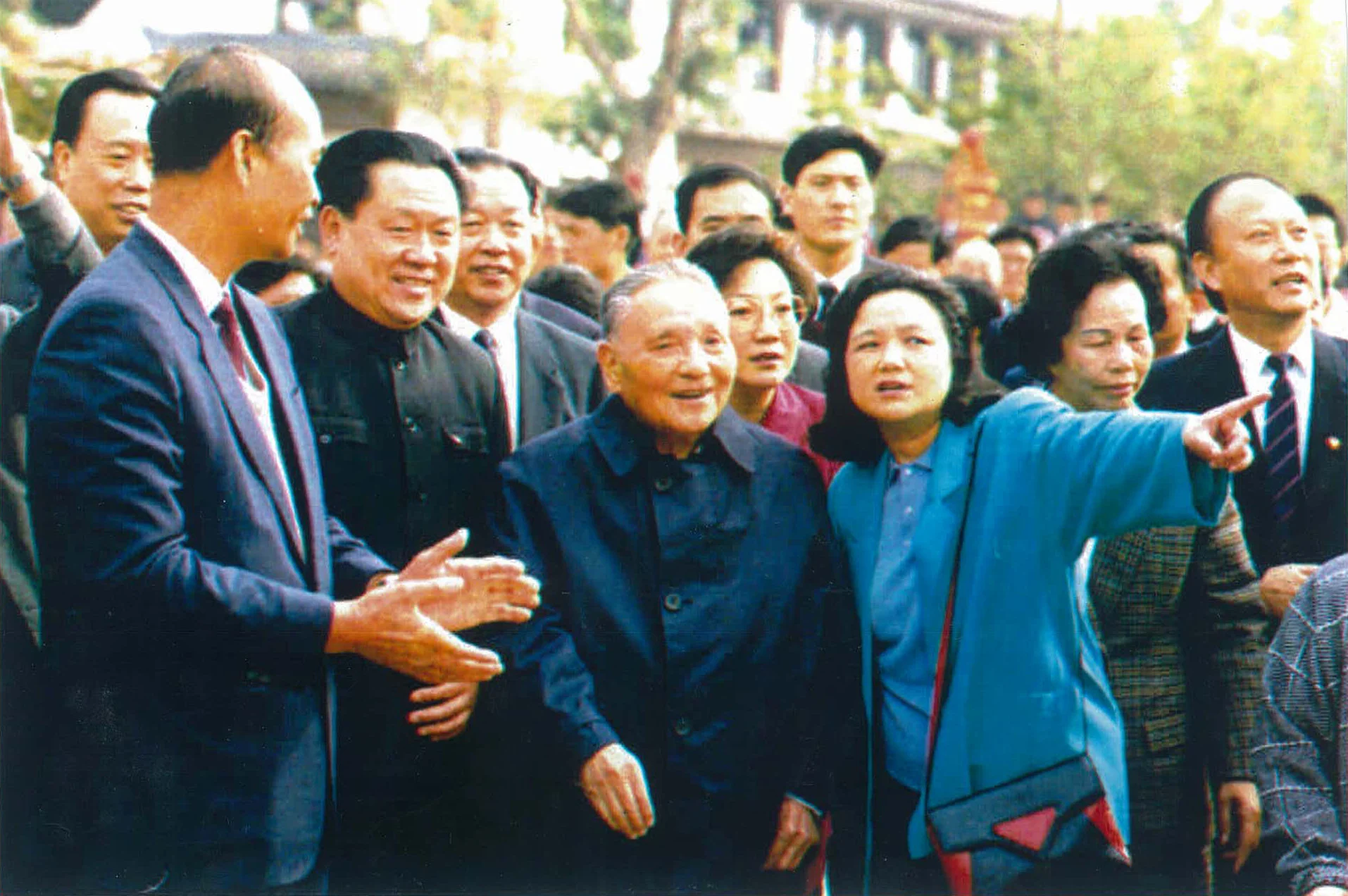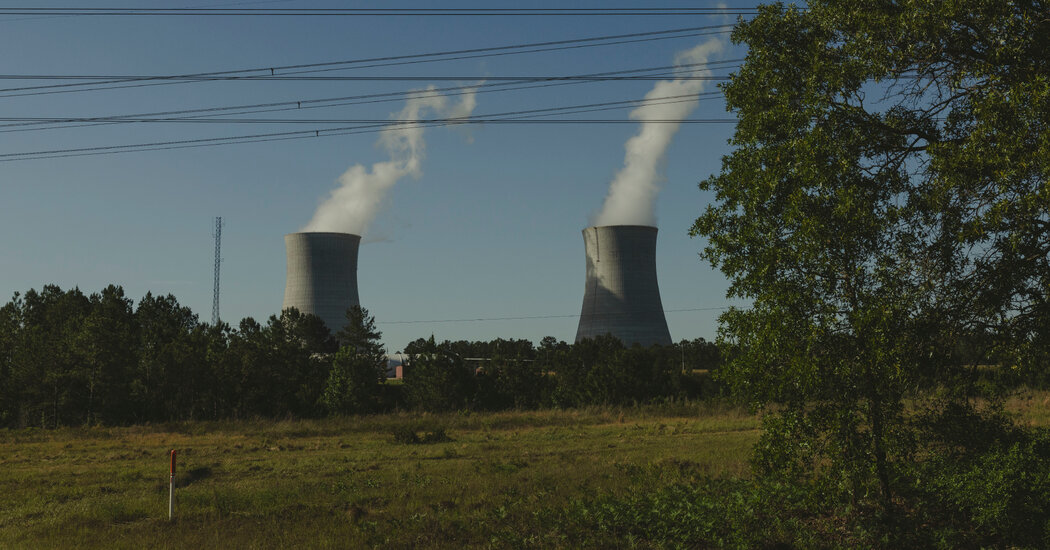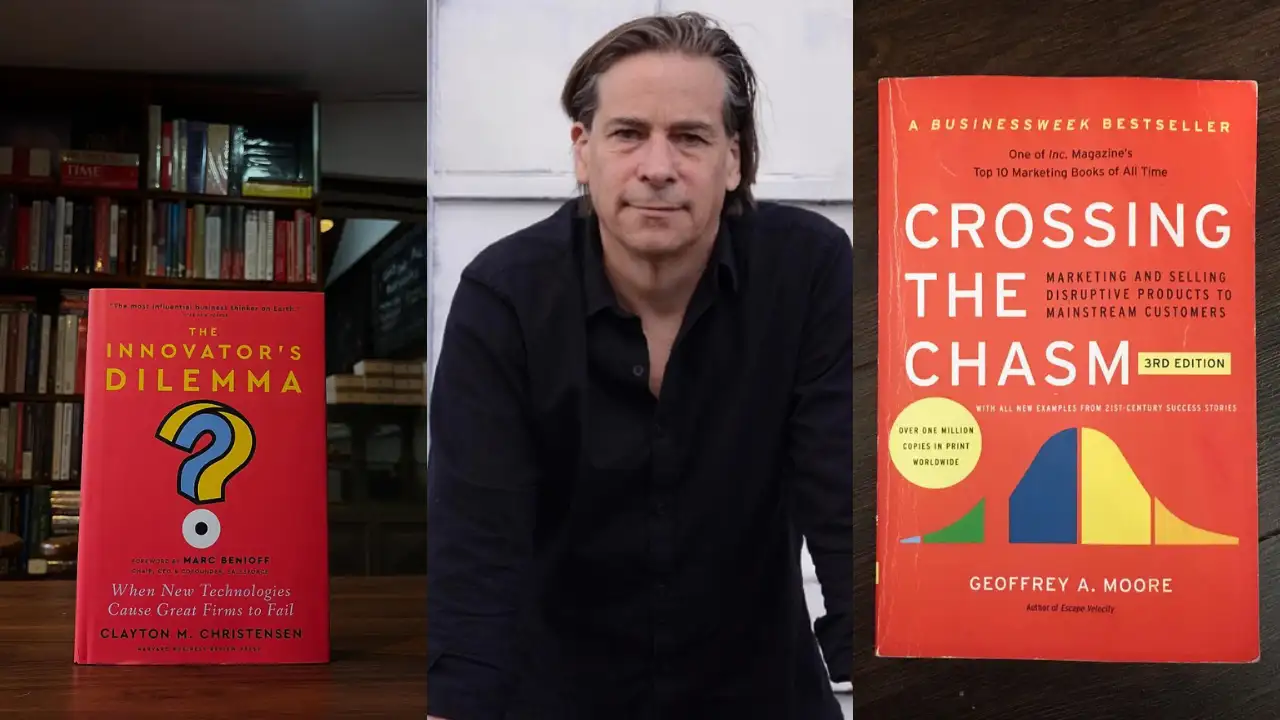Copyright scmp

On the 60th anniversary of the establishment of the Inner Mongolia autonomous region in 2007, a celebratory special by state media included a brief history of the late Deng Xiaoping’s observations. “In June 1987, while analysing Inner Mongolia’s economic development, Deng Xiaoping, the chief architect of China’s reform and opening-up, predicted that Inner Mongolia was likely to ‘take the lead’,” it read. Under a black and white photo, the text continued: “This was in January 1992, when he pointed out in his Southern Tour speech: ‘The Middle East has oil, China has rare earth elements.’” Among his many immortal sayings, the one on rare earths understandably has figured prominently of late. If China’s global dominance in rare earths has helped turn the table on Donald Trump’s tariff war, Deng’s early recognition of China’s backwardness in science, technology and related education – and consequently heavy investments in those fields – has now stood the nation in good stead for Washington’s tech war. That was back in 1977, when China was just emerging from the insanity of the Cultural Revolution. Deng was overturning Mao Zedong’s long-standing antipathy towards basic science, which was deemed impractical as opposed to power-projecting technological applications like the atomic bomb. In an exchange with two comrades that was transcribed and titled “Respect Knowledge, Respect Trained Personnel”, Deng showed he could be long-winded, but just as prescient: “The key to achieving modernisation is the development of science and technology. And unless we pay special attention to education, it will be impossible to develop science and technology … we must have knowledge and trained personnel. Without them, how can we develop our science and technology?” “We must recognise our backwardness, because only such recognition offers hope. Now it appears that China is fully 20 years behind the developed countries in science, technology and education. So far as scientific research personnel are concerned, the United States has 1,200,000 and the Soviet Union 900,000, while we have only some 200,000.” From Deng to Xi Jinping, China has never wavered in its state policies on rare earths, science, technology and related education, eventually leading to a reversal of the positions of China and the United States. Up until the 1990s, the US dominated rare earths production, mostly through the Mountain Pass mine in California. The history of that mine, which opened in 1952, closed in 2002 and reopened in 2012, is a history of the rise and fall of the rare earths industry in America. It is the reverse of the fortunes of Inner Mongolia’s Bayan Obo mine, which has been operational since 1957 and now accounts for nearly 40 per cent of global reserves. A generational lack of strategic foresight, coupled with commercialism and strict environmental standards (the US was happy to let China pollute its environment), meant that the Americans essentially gave up the game to the Chinese in the last quarter of a century. Today, China accounts for 70 per cent of all rare earths mining and 90 per cent of worldwide processing capacity. China is still behind the US in artificial intelligence, biotechnology, semiconductors, space and quantum computing, according to an index published by Harvard Kennedy School’s Belfer Centre for Science and International Affairs. However, it is far ahead in the number of schools, research centres, researchers and STEM graduates. In 2020, over 40 per cent of China’s graduates were in STEM fields, compared with 20 per cent in the US. In 2022, China awarded more than 50,000 STEM doctorates, compared to about 34,000 in the US. Thanks to a growing army of domestically educated researchers and technicians, China has been able to indigenise much of its semiconductor supply chains in such a short time in the face of unrelenting pressure from the US and its allies. Deng was standing on the shoulders of tech giants such as the late Xu Guangxian, China’s father of rare earth chemistry, who laid the foundations for the nation’s processing technology and also for related education and training. Though not as well-known, Xu today belongs in the pantheon of such tech titans as Qian Xuesen, father of China’s missile and aerospace industries, Qian Sanqiang, father of the Chinese atomic bomb, and Huang Xuhua, father of China’s nuclear submarines, who died in February. Deng was also an heir of the May Fourth Movement, for which appropriating Western science and technology was a mantra, something that could be traced back to the reformers of the late Qing dynasty. But it was Deng’s reform and opening-up that made it possible for China not only to appropriate but to compete with Western science and tech on its own terms.



